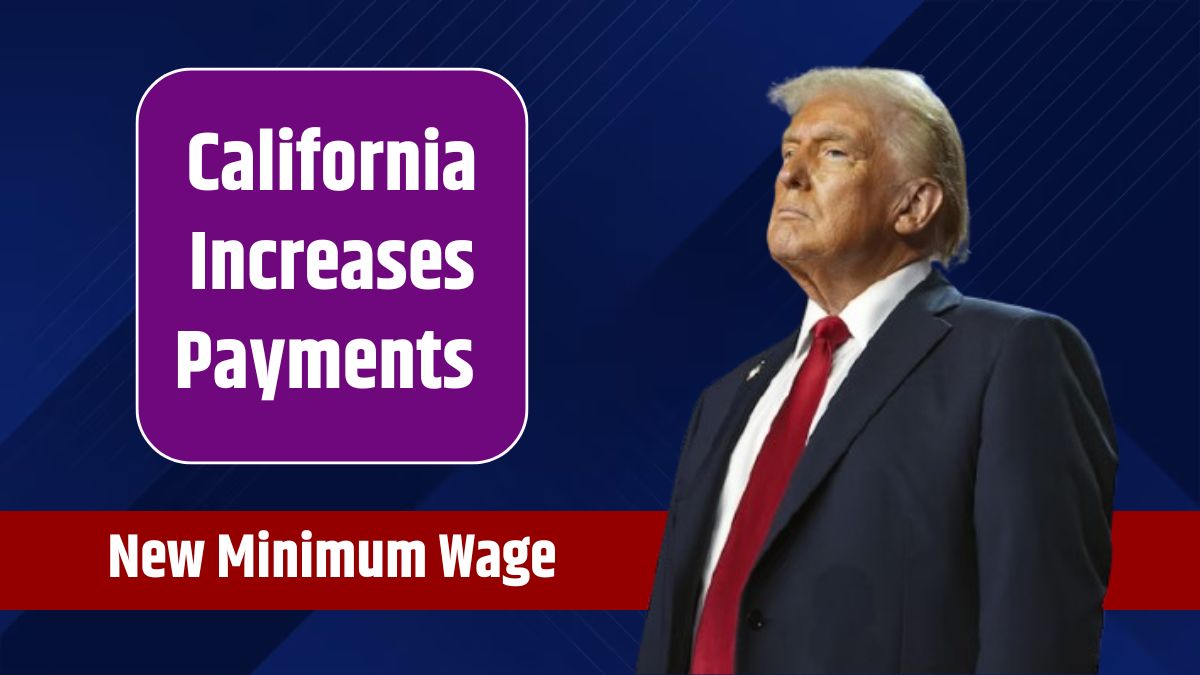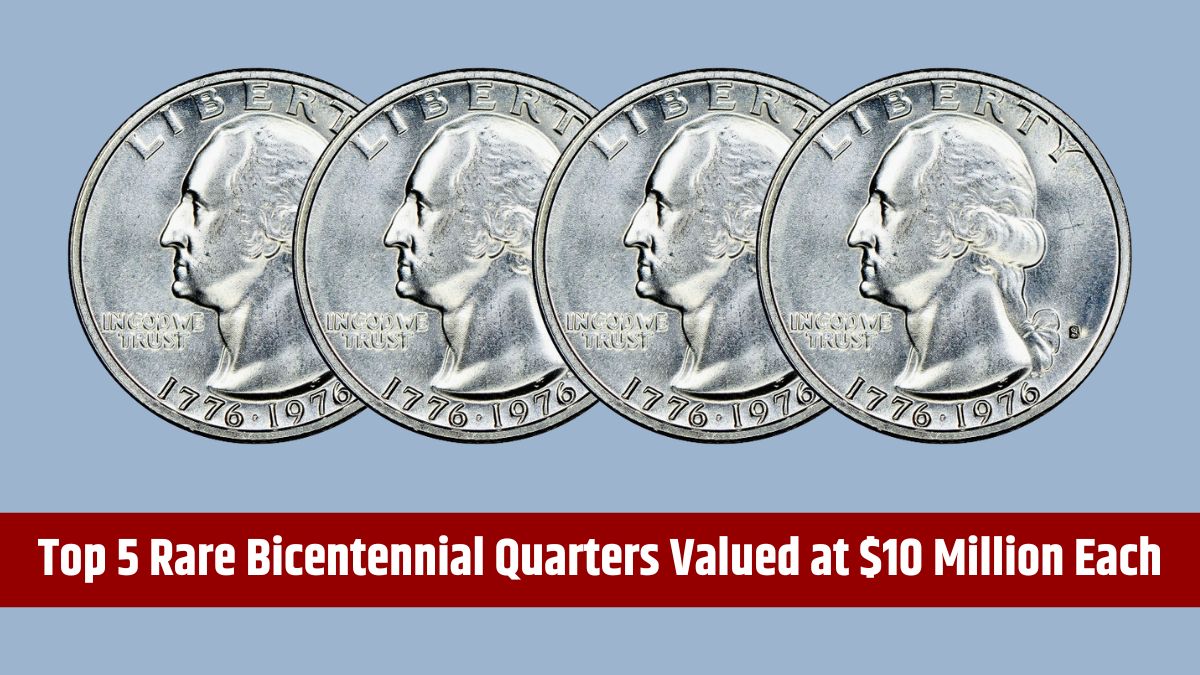As of January 1, 2025, California’s statewide minimum wage rises to $16.50 per hour, marking a significant step toward improving the financial well-being of workers across the state. This change impacts millions of employees, especially in industries like fast food and health services, where wage increases began in 2024.
The California Department of Industrial Relations emphasized that employers must comply with this wage increase. It is a mandatory requirement and cannot be overridden by agreements, including collective bargaining. Here’s a breakdown of the new minimum wages across various cities and counties in California, along with what this means for workers and employers.
Table of Contents
Statewide Minimum Wage
Effective January 1, 2025, all workers in California must earn at least $16.50 per hour. This increase sets a foundation for improved living standards, particularly for those in low-wage sectors. However, many cities and counties have higher minimum wages due to local ordinances.
City and County Wages
California’s local governments have implemented wage policies that exceed the state’s baseline. Below is a summary of the highest minimum wages in the state, categorized by cities and counties:
| City/County | Minimum Wage | Effective Date |
|---|---|---|
| Alameda | $17.00 | July 1, 2024 |
| Belmont | $18.30 | January 1, 2025 |
| Berkeley | $18.67 | July 1, 2024 |
| Burlingame | $17.43 | January 1, 2025 |
| Cupertino | $18.20 | January 1, 2025 |
| Daly City | $17.07 | January 1, 2025 |
| Half Moon Bay | $17.47 | January 1, 2025 |
| Los Angeles | $17.28 | July 1, 2024 |
| Malibu | $17.27 | July 1, 2024 |
| Oakland | $16.89 | January 1, 2025 |
| Pasadena | $17.50 | July 1, 2024 |
| Petaluma | $17.97 | January 1, 2025 |
| Richmond | $17.77 | January 1, 2025 |
| San Diego | $17.25 | January 1, 2025 |
| San Francisco | $18.67 | July 1, 2024 |
| San Jose | $17.95 | January 1, 2025 |
| San Mateo | $17.95 | January 1, 2025 |
| Santa Clara | $18.20 | January 1, 2025 |
| Santa Monica | $17.27 | July 1, 2024 |
| West Hollywood | $19.65 | January 1, 2025 |
Benefits of the Increase
- Improved Living Standards: A higher wage helps cover rising living costs, especially in areas like housing, food, and healthcare.
- Economic Mobility: Employees in low-wage roles, particularly in sectors like retail and hospitality, can experience better financial security.
For Employers
- Employee Retention: Offering competitive wages can reduce turnover rates and attract a more reliable workforce.
- Compliance Benefits: Staying aligned with labor laws avoids penalties and legal complications.
Compliance Requirements
Employers must ensure they adhere to these wage laws. The Department of Industrial Relations mandates that no agreement, even collective bargaining agreements, can bypass these rules. Failing to comply can result in fines and legal repercussions.
Key Takeaways
- Stay Informed: Workers and employers should regularly review their local wage laws.
- Budget Adjustments: Businesses may need to recalibrate their financial planning to accommodate higher wages.
- Long-Term Benefits: While the increase might seem burdensome for employers initially, it fosters a more motivated and financially stable workforce.
FAQs
What is California’s minimum wage in 2025?
California’s statewide minimum wage is $16.50 per hour starting January 1, 2025.
Which city has the highest minimum wage in California?
West Hollywood has the highest minimum wage at $19.65 per hour in 2025.
When does San Francisco’s minimum wage increase?
San Francisco’s minimum wage increased to $18.67 on July 1, 2024.
Are employers allowed to bypass the new wage laws?
No, employers must comply, and no agreements can override the law.
Does every city in California follow the $16.50 minimum wage?
No, some cities have higher minimum wages due to local ordinances.









